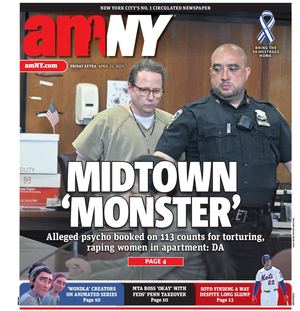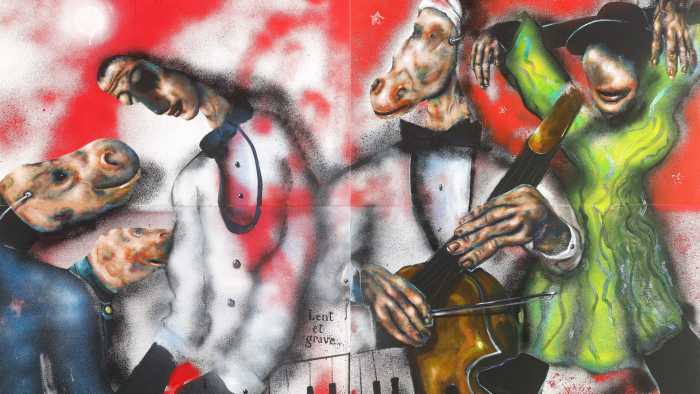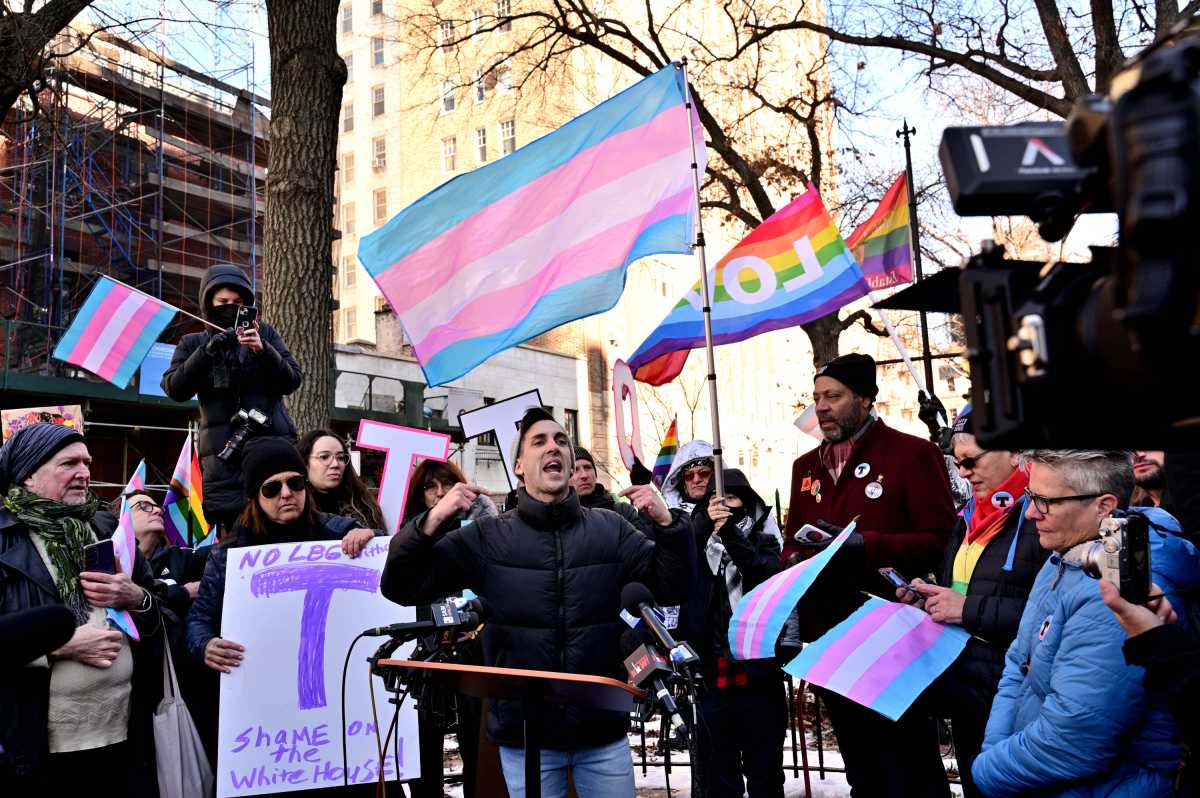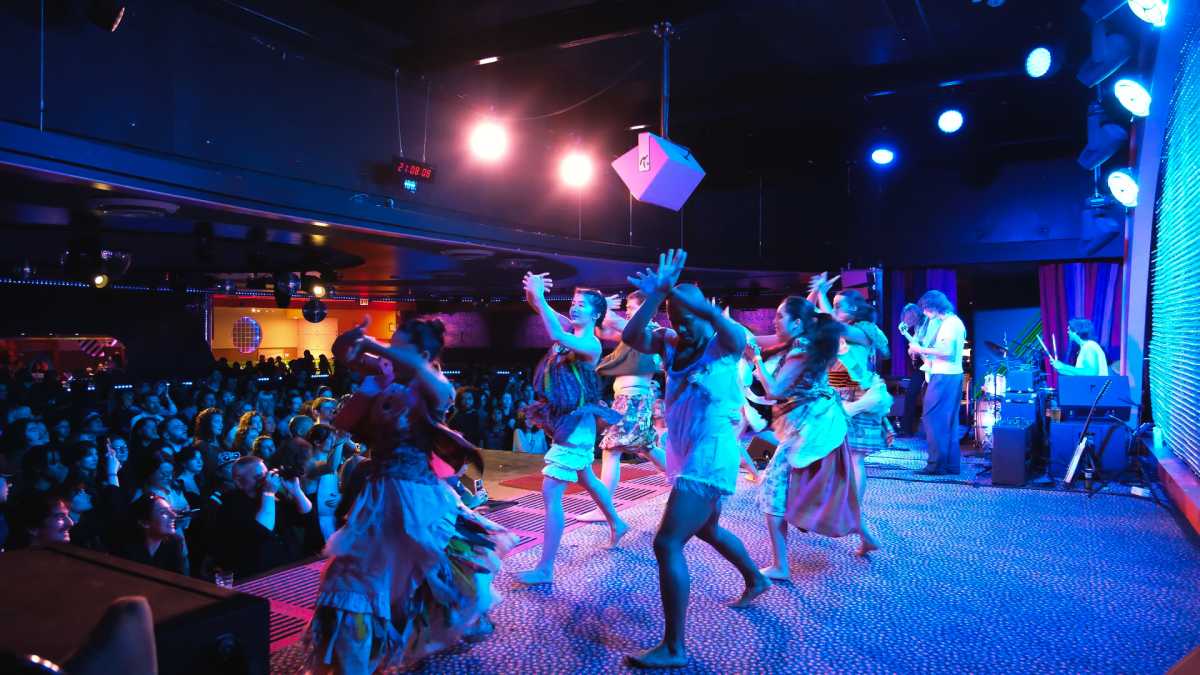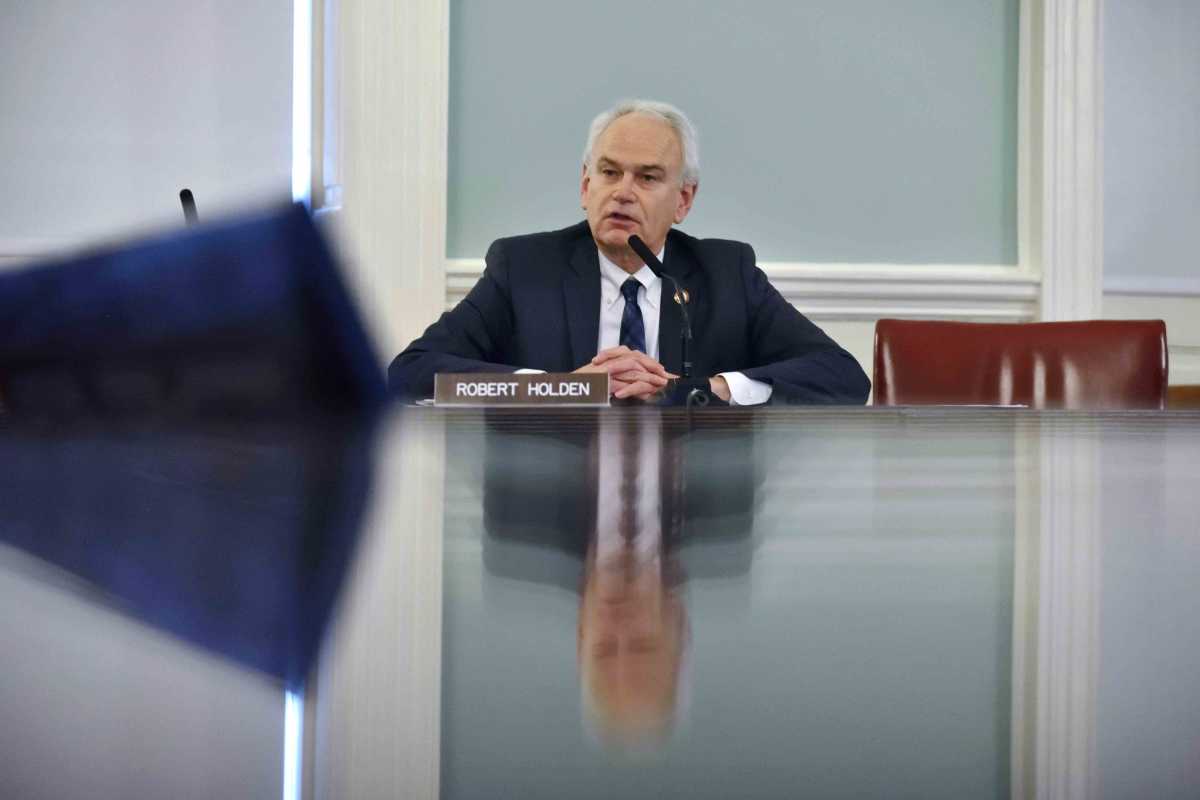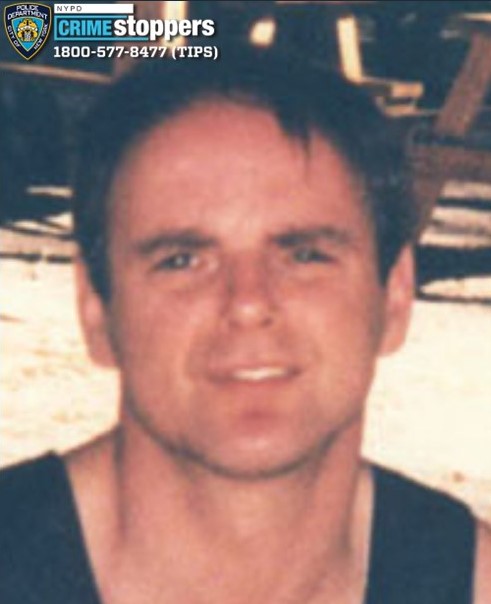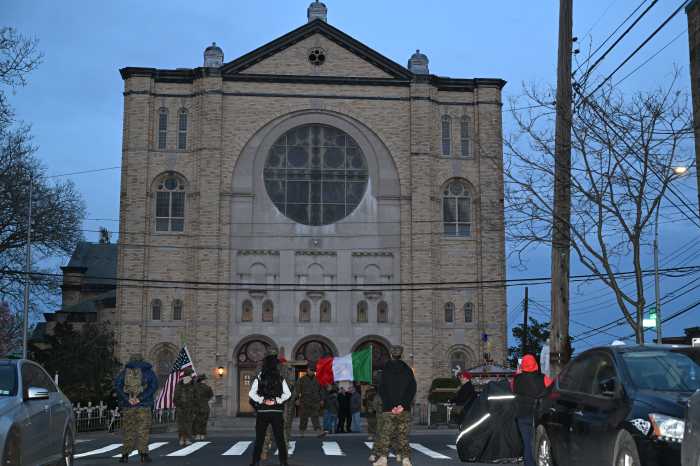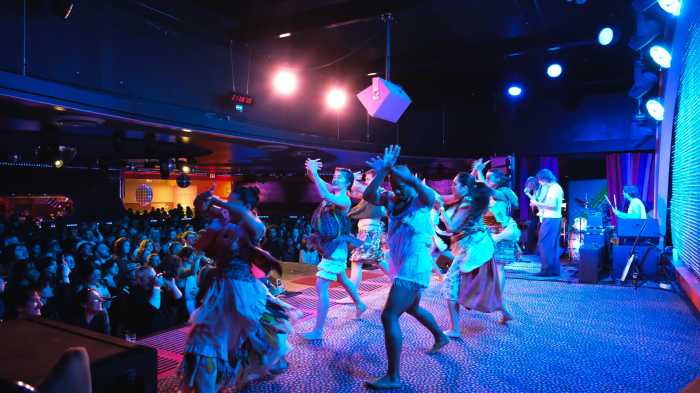Dan Doctoroff’s impending departure as deputy mayor for economic development and rebuilding for the Bloomberg administration after six years does not come as a surprise. His leaving City Hall had long been rumored.
Clearly, Doctoroff is a man with visions on a grand scale. He has been likened to another figure who pushed through bold, sweeping transformations of the city with brute force, Robert Moses — which readily gives an indication of the mixed and intense feelings Doctoroff has provoked, particularly among residents and neighborhood groups.
Doctoroff’s energy, vision and determination turned around the stalled rebuilding efforts after the 9/11 attacks, but his record is decidedly mixed. With eyes zeroed in on the Hudson Yards, Bloomberg and Doctoroff ceded too much power to Gov. Pataki in their first term, but Doctoroff, with the mayor’s confidence in him, took the lead in the second term and got things going.
The World Trade Center site still looks like a hole in the ground because all of the construction activity is seven stories below ground. He and his team showed that developer Larry Silverstein could not rebuild the site himself, sparking the new agreement with the Port Authority allowing construction to begin. The city was able to rein in the astronomical memorial costs to more manageable levels.
In addition to spearheading an array of high-profile development projects, like the Hudson Yards — previously the hoped-for site of an ill-conceived stadium — Doctoroff also did 79 contextual rezonings throughout the city that will change our neighborhoods well into the future.
Significantly, though, along the way, Doctoroff failed to forge a consensus vision for the West Side — particularly the Lower West Side. As a result, uncertainties abound and inappropriate mega projects are being foisted on communities with little public input and little community support
Notably, the Hudson River Park Trust, of which Doctoroff is a board member, is still considering whether to approve a monumental entertainment complex, featuring two Cirque du Soleil theaters, for Pier 40 at W. Houston St. This proposal has strong and well-reasoned opposition from all quarters. Doctoroff joked about holding up Lower Manhattan Development Corp. money for the park’s Tribeca section after it was approved, but the long delay has had serious consequences. With rapidly rising construction costs, the section’s construction is likely to stop in a few months if no more state and city money is found.
Despite community opposition, the Department of Sanitation, in order to get its garbage trucks off Gansevoort Peninsula, is plowing ahead with a proposed huge three-district sanitation garage at Spring St. that does not meet “fair share” criteria for regional facility siting. Finally, the city wants to put a marine waste transfer station on Gansevoort.
In the case of the M.T.S., it’s clear that the city has not given fair consideration to an alternative plan being offered for Pier 76 at W. 36th St. These various West Side projects should have been included under one coordinated development umbrella; but, under Doctoroff, the approach was piecemeal. In Hudson Square, this means that the Department of Sanitation, which is planning the mega-garage on Spring St., has by default become the lead agency planning the future of this neighborhood, rather than the Department of City Planning.
In his capacity as a Trust board member, there are also lingering questions about Doctoroff’s past business ties with The Related Companies, which is backing the Cirque du Soleil plan for Pier 40 and is a leading contender in the Hudson Rail Yards.
One thing is for sure: Doctoroff leaves a complex legacy in New York City that will last well into the 21st century.
